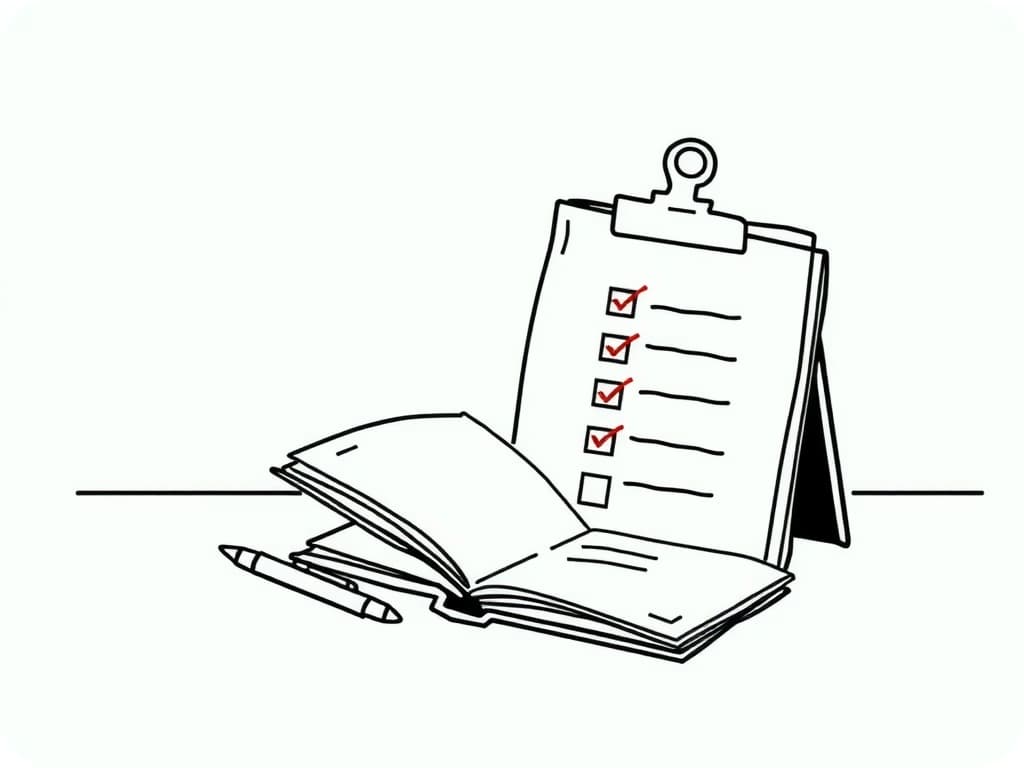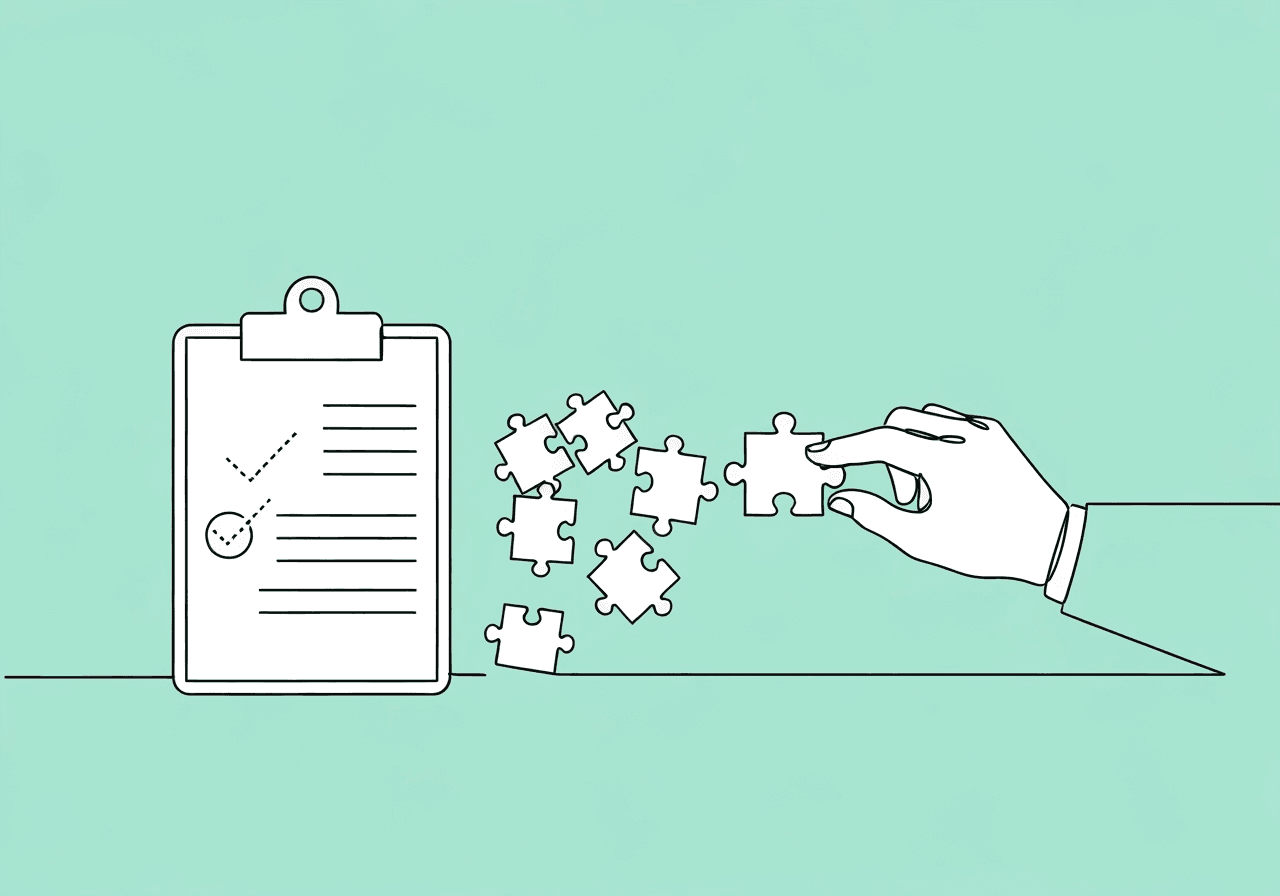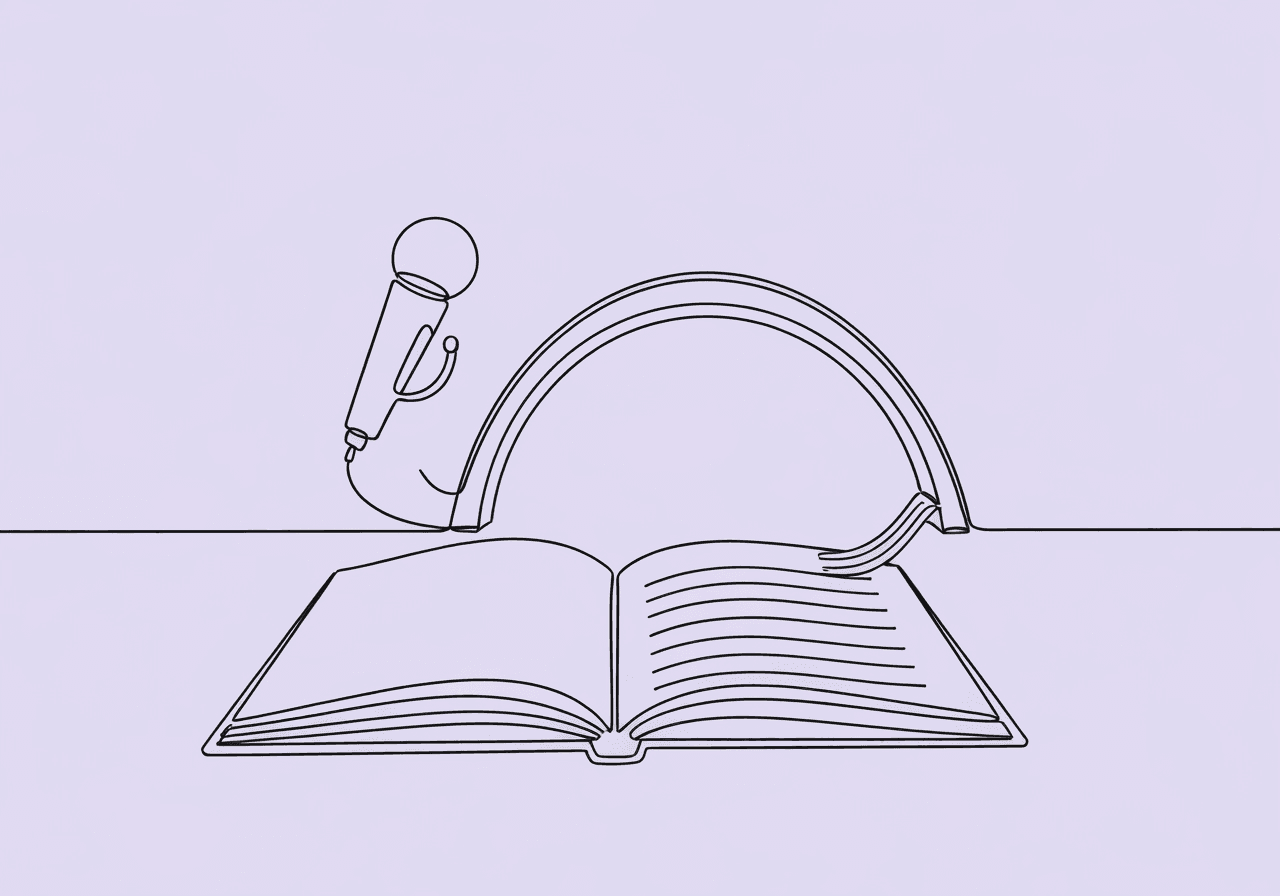DTT vs NET Documentation: ABA Key Differences

DTT vs NET Documentation: ABA Key Differences
Applied Behavior Analysis (ABA) is a tough field. Every session influences a client's development. Here, documentation connects interventions to real results. For RBTs and BCBAs, understanding DTT vs NET documentation matters. It proves skill acquisition. It ensures BCBA compliance. And it backs insurance claims.
Discrete Trial Training (DTT) uses structured repetition to master basics. Natural Environment Teaching (NET) records spontaneous skills in daily life. Each needs unique notes to show procedural accuracy.
This post explains why DTT vs NET documentation varies. It draws from ABA standards and studies. You'll learn:
- DTT notes centered on trials and precision.
- NET strategies that stress context and real use.
- A quick comparison table.
- Tips for BCBAs on compliance and billing.
At the end, you'll gain tools for better RBT data collection and ABA session notes comparison.
Defining DTT and NET: Why Documentation Must Differ
Discrete Trial Training (DTT) splits skills into simple steps. It uses therapist-guided trials in a quiet space. This builds basics like copying actions or simple talk. Common practice in ABA defines mastery around 80% independent accuracy across sessions Differing Mastery Criteria Effects on Maintenance of 1-Step Instructions.
On the flip side, Natural Environment Teaching (NET) weaves lessons into daily activities. It follows the child's interests with natural rewards. This helps skills stick in places like playtime or meals. BACB rules call for clear, data-based records for both. Yet DTT notes track each trial closely. NET highlights settings to prove real-world fit.
These differences match their aims. DTT repeats to teach isolated skills. NET applies them functionally. Wrong notes can skew reports or cause compliance problems. For example, RBT data collection must fit the therapy goal. This lets BCBAs assess full program success.
A 2024 study in the American Journal on Intellectual and Developmental Disabilities showed toddlers with autism gained more adaptive behaviors when NET added to DTT The Effects of Discrete Trial and Natural Environment Teaching on Adaptive Behavior in Toddlers With Autism Spectrum Disorder. So, custom notes show how they work together in plans.
DTT Documentation: Precision in Trials, Prompts, and Mastery
DTT notes require order to match its repeat format. This captures how skills grow. RBTs often use sheets for dates, client info, and BIP goals.
Log each trial's parts: the cue, response, and reward. Note prompts like voice hints or hand help. Track their fade to show growing independence. Say a child learns color matching. Notes might read: "Trial 1: Full hand guide, right; Trial 2: Half prompt, right; Trial 3: No help, right."
Mastery often means 80-90% success over sessions without aids Mastery Criteria and Maintenance: a Descriptive Analysis of Applied Behavior Analysis Literature 1961–2015. A guide from Artemis ABA says good notes use counts, rates, and times for facts, not opinions Discrete Trial Training Data Sheets. This helps BCBAs tweak plans and aids RBT data collection in reviews.
Timely records matter. BACB ethics code 2.09 demands accuracy to avoid tracking mistakes Ethics Code for Behavior Analysts. RBTs end with totals and issues. Tools like graphs help spot trends. An example: "Did 10 trials on object naming; 7/10 alone (70%), started fading prompts." This detail meets rules and eases ABA session notes comparison.
NET Documentation: Capturing Context, Spontaneity, and ABC Data
NET notes turn to lively, real settings. They show skills in action. RBTs note places like home play or outings. They track child starts that spark lessons. Use favored items, like a toy for asking, over set cues.
The ABC model guides this: trigger, action, result. At snack, a child grabs a cookie (trigger), says "cookie" (action), gets it (result). Circle Care Services suggests times, lengths, and details to show spread, like using a hello beyond sessions.
NET mixes stories with counts, unlike DTT's numbers. Track unprompted uses or site shifts. A 2024 PubMed study shows NET aids adaptive behaviors. It stresses noting drive and involvement for impact proof The Effects of Discrete Trial and Natural Environment Teaching on Adaptive Behavior in Toddlers With Autism Spectrum Disorder. Note changes, family roles, and hurdles like noise.
For BCBA compliance, add progress signs. Example: "Child started 3 requests in play; all got natural rewards, full carryover from DTT." This fits NET's bend while hitting BACB's fact-based needs.
Side-by-Side Comparison: DTT vs NET Data Points and Metrics
DTT vs NET documentation highlights clear gaps in setup, measures, and aims. It helps RBTs with fast RBT data collection. This table from ABA tips shows main points.
| Aspect | DTT Documentation | NET Documentation |
|---|---|---|
| Primary Data Points | Trial-by-trial responses (correct/incorrect), prompt types/levels, inter-trial intervals | ABC incidents (antecedent, behavior, consequence), environmental contexts, child initiations |
| Key Metrics | Percentages (e.g., 80% mastery), frequencies of trials, prompt fading rates | Frequencies of spontaneous occurrences, generalization across settings, duration of natural engagements |
| Note Style | Structured, quantitative logs (e.g., data sheets with columns for each trial) | Narrative with qualitative details (e.g., descriptive scenarios plus tallies) |
| Goal Focus | Skill acquisition and precision in controlled settings; tracks repetition for mastery | Generalization and functional application; emphasizes real-life relevance and motivation |
DTT stresses counted repeats per BlueJay ABA. NET grabs full adaptability. A DTT entry: "5/10 right on naming items." NET: "Child named toy alone in play, kept using it." Blends boost strength. The 2024 PubMed study found NET+DTT kids gained more adaptively than DTT only. Notes prove this mix works. Link to skill acquisition tracking resources for templates.
Use this to match notes with goals like BCBA compliance in behavior intervention documentation.
BCBA Implications: Compliance, Billing, and Medical Necessity
DTT vs NET documentation shapes BCBAs' reviews, payments, and need proof under CPT 97153. DTT's exact trial info backs structured growth toward IEP aims. NET shows real results, like fewer issues in daily life. This matters for payers like Medicaid.
Ethics Code section 2.0 requires notes tie steps to results. Mismatches raise risks Ethics Code for Behavior Analysts. Weak DTT prompt logs hurt mastery proof. Fuzzy NET settings miss spread proof. Both can cause claim blocks.
Detailed notes significantly cut rejection rates in ABA billing. Stress facts for need. BCBAs check RBT work: DTT for start data, NET for upkeep tests. This fits HIPAA and aids reports. See BCBA compliance guides for checks. Strong notes justify session loads. Studies like the 2024 American Journal on Intellectual and Developmental Disabilities on adaptive gains back DTT-NET pairs.
Frequently Asked Questions
How do DTT and NET differ in documentation requirements for insurance billing?
Both need fact-based notes for medical necessity. DTT stresses trial numbers and mastery rates for set work. NET eyes ABC and setting spread for real gains. BACB rules say payers like Aetna want clear progress. Vague NET stories risk denials. DTT numbers speed CPT 97153 claims (Operant Billing, 2024).
What are the key components of an effective DTT data sheet?
Include dates, clients, skills, trial logs (prompts, responses), rates, and plans. Artemis ABA suggests rewards and graphs for 80% mastery without aids (Artemis ABA, 2023).
How does NET compare to DTT in promoting skill generalization?
NET shines in spread via natural spots and child cues. It beats DTT's set trials for wide use. The 2024 PubMed study saw NET+DTT top DTT alone in adaptive skills. NET notes catch real transfer (PubMed, 2024).
Can DTT and NET be combined effectively in a single therapy session?
Yes. DTT builds, NET applies. This often works best. Chicago ABA Therapy tips shift from DTT to NET probes in one go. Note both for smooth tracks (Chicago ABA, 2024).
What are common challenges in implementing DTT and NET documentation?
DTT logging takes time. NET contexts feel subjective. Use set forms to fix. Training cuts mistakes by hitting ABC in NET and prompts in DTT (Circle Care Services, 2023).
How do age groups influence the choice between DTT and NET documentation?
Kids 2-5 need DTT structure for basics with trial details. Older ones shift to NET for social spread via settings. Phased use fits growth best (AAIDD, 2024).
What are best practices for DTT prompt fading in notes?
Track each fade level per trial. Note success rates to show independence growth. This aids skill acquisition tracking and meets BACB standards for progress proof.
How can RBTs improve ABA session notes comparison between DTT and NET?
Use side-by-side templates. Highlight metrics like trials vs. ABC. Regular audits ensure BCBA compliance and clear behavior intervention documentation.
Wrapping up DTT vs NET documentation, they pair well: DTT lays bases with facts, NET adds real use for lasting skills. Studies prove mixes drive adaptive wins. Notes are key for BCBA oversight and rules.
Try standard forms to save time and boost truth. Next: Check notes to BACB lists for holes. Train on DTT fades and NET ABC. Audit samples often for payer fits. Strong DTT vs NET documentation hits rules and boosts client steps to self-reliance. Download a free ABA documentation checklist to start.
Popular in ABA Session Notes & Tools
- 1
RBT Supervision Documentation: 2025 BACB Guide & Templates
1,8429 min read - 2
Master ABA Medical Necessity Documentation: Avoid Denials
8829 min read - 3
Master ABA SOAP Notes: Guide for RBTs & BCBAs
8049 min read - 4
ABA Documentation Best Practices for RBTs: Essential Tips
8045 min read - 5
Guide to ABA Progress Reports for Insurance Reauthorization
6328 min read
Popular in ABA Session Notes & Tools
- 1
RBT Supervision Documentation: 2025 BACB Guide & Templates
1,8429 min read - 2
Master ABA Medical Necessity Documentation: Avoid Denials
8829 min read - 3
Master ABA SOAP Notes: Guide for RBTs & BCBAs
8049 min read - 4
ABA Documentation Best Practices for RBTs: Essential Tips
8045 min read - 5
Guide to ABA Progress Reports for Insurance Reauthorization
6328 min read
Related Resources
Explore more helpful content on similar topics

RBT Supervision Documentation: 2025 Compliance Guide
Master RBT supervision documentation with this step-by-step guide to compliant notes. Learn BACB requirements, key elements for supervision notes ABA, and prep for 2026 changes to stay certified and excel in ABA.

9 RBT Session Note Errors BCBAs Can Fix Fast
Tackle RBT session note errors BCBA supervisors encounter most. Discover the top 9 common mistakes, like subjective language and data mismatches, with fast fixes for better ABA compliance, audits, and training. Get your essential checklist now!

Voice-to-Text ABA Documentation: Save Time & Stay Compliant
Discover voice-to-text ABA documentation to save time and ensure HIPAA compliance. Learn dictation tips for RBTs and BCBAs, step-by-step workflows, and best practices to reduce burnout and enhance session notes.